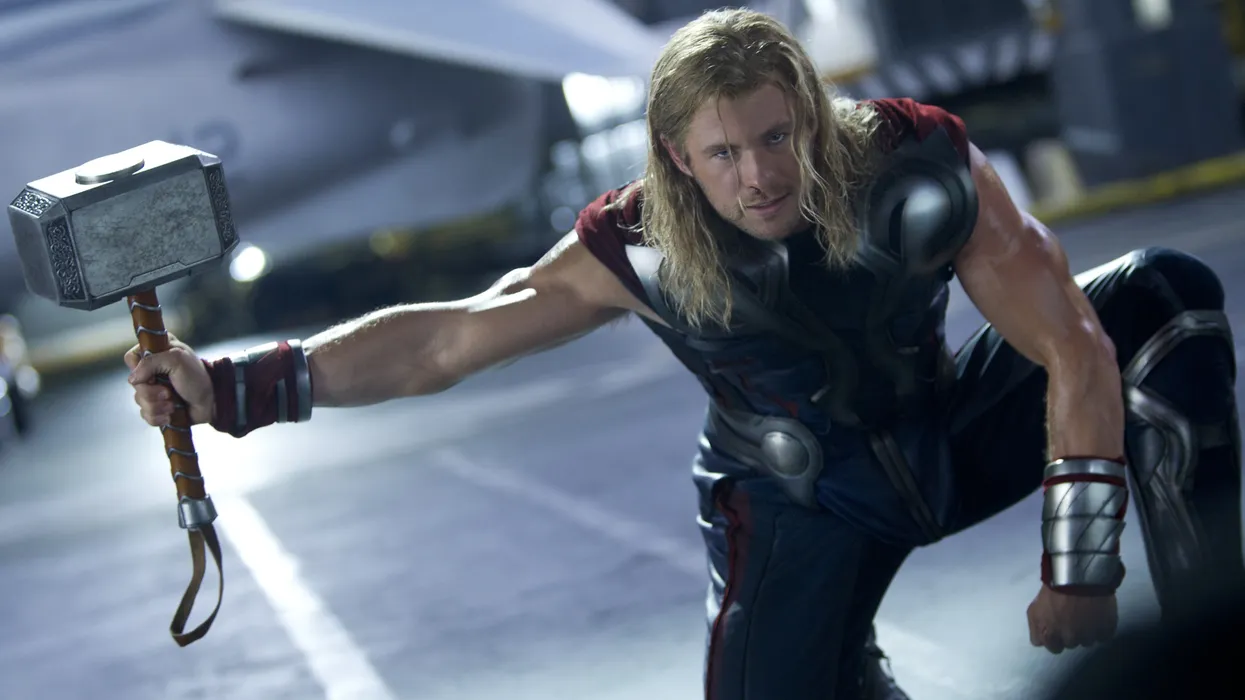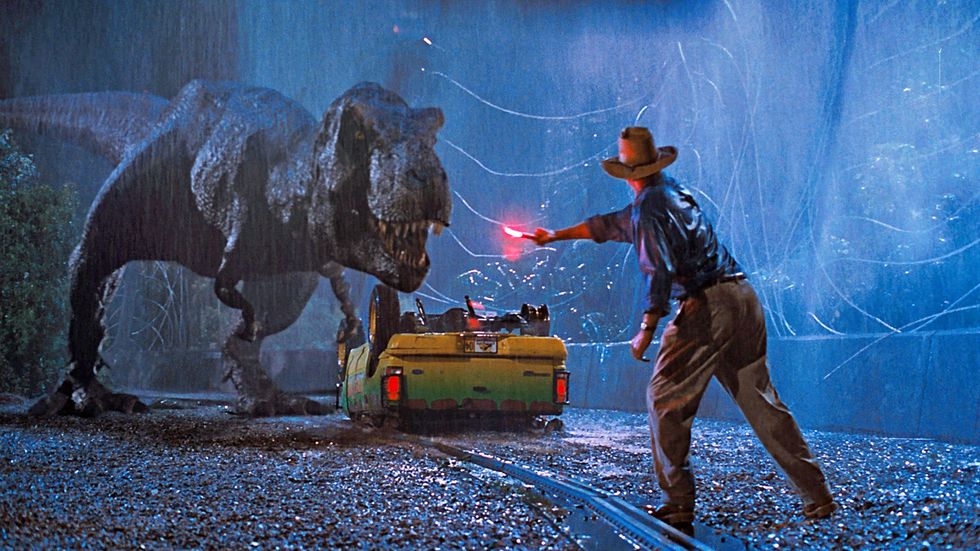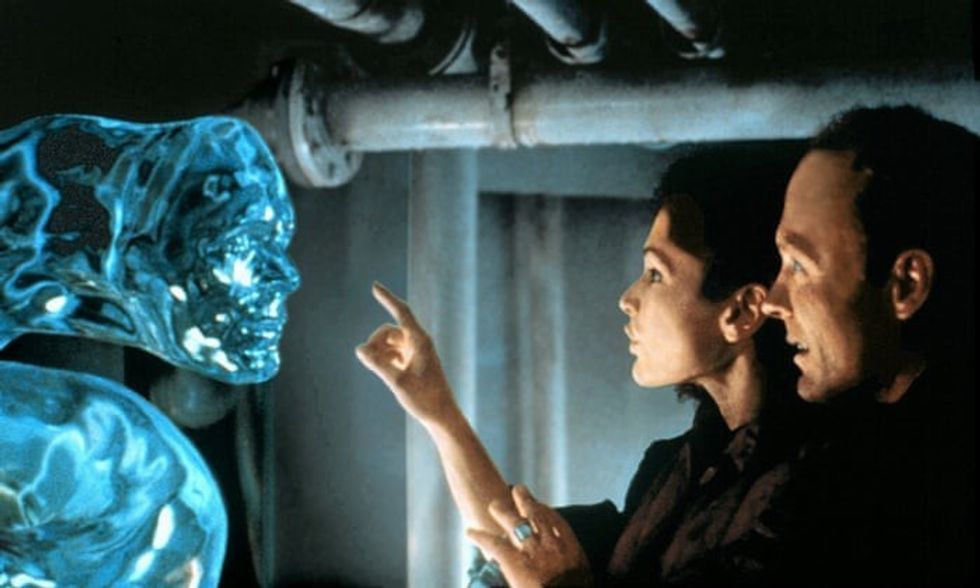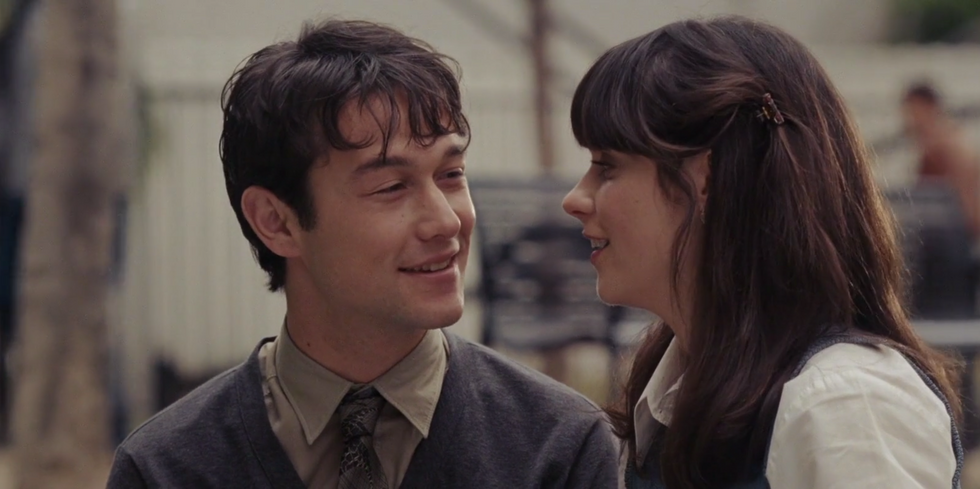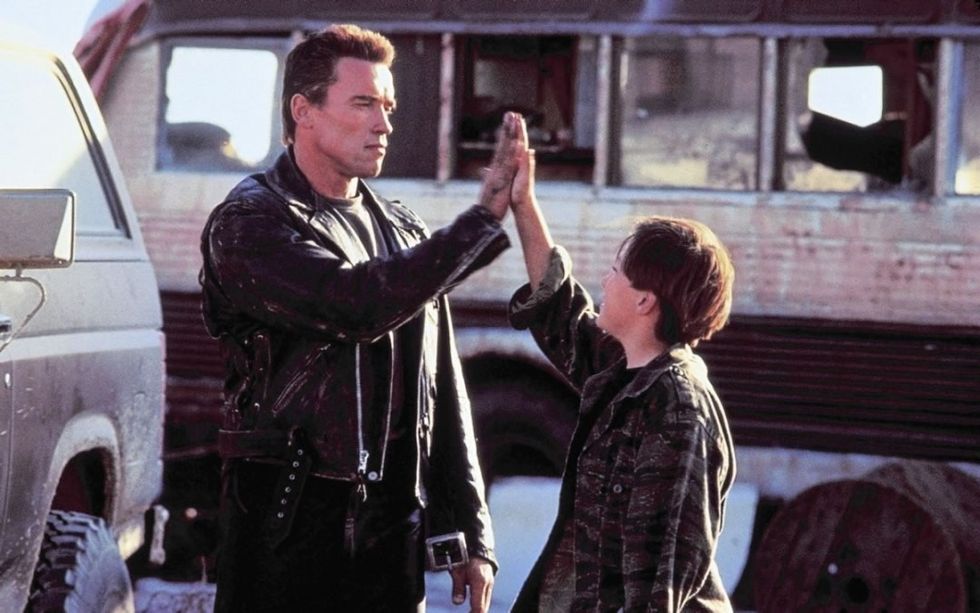Simplicity & Beauty: DP Sean Bobbitt Discusses the Stunning Cinematography of '12 Years A Slave'
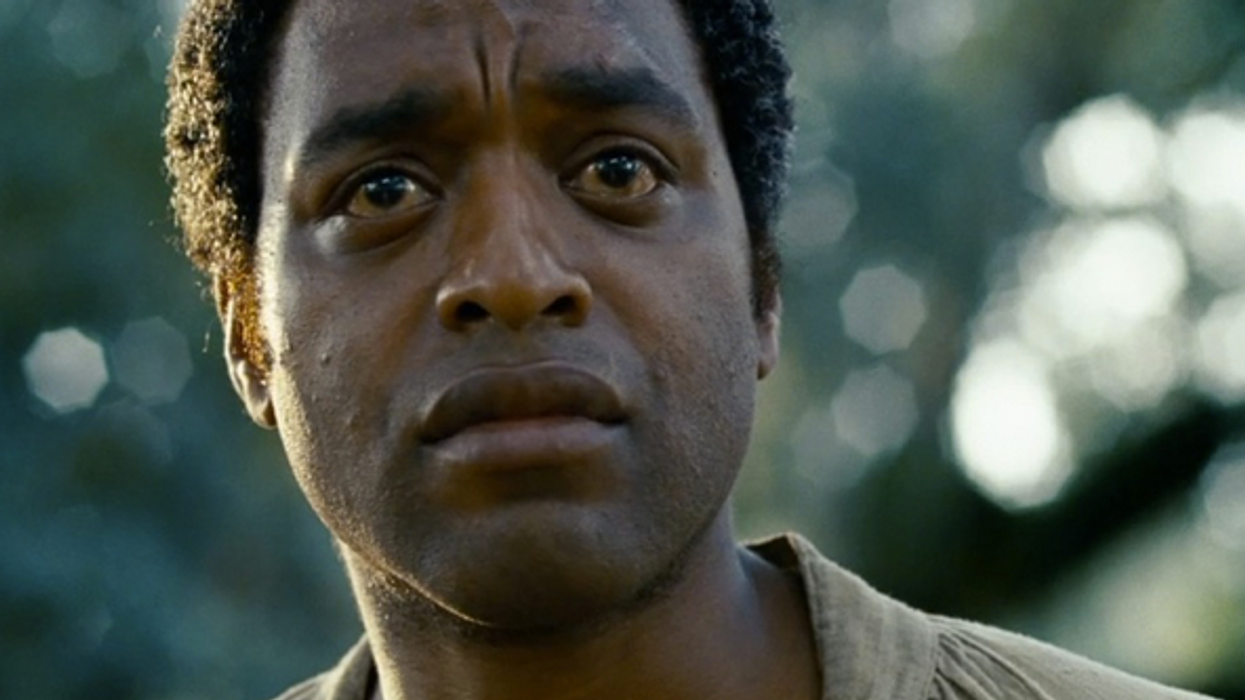
Of the many excellent films to hit theaters last year, few were as powerful (or as well shot) as the Best Picture Oscar winner, 12 Years A Slave. It's one of those rare films that transcends its utterly brutal subject matter and makes a powerful statement about the resiliency of the human spirit. Although much of that power is derived from terrific acting and direction, Sean Bobbitt's masterful cinematography plays a critical role in allowing the emotionality of the story and its characters to emanate from the screen. In a pair of excellent interviews with Cinefii and Time LightBox, Bobbitt explains not only how he managed to craft such a gorgeous film, but also his theories behind portraying violence through film, working with Steve McQueen, and much, much more. Stick with us for a crash course in dramatic cinematography.
First, just in case you haven't seen it yet, here is the theatrical trailer for 12 Years A Slave, which gives a brief taste of Sean Bobbitt's extraordinary cinematography in the film.
The first interview with Bobbitt comes from our friends over at Cinefii, whose excellent cinematography videos I have shared several times. In this video, Bobbitt talks about a number of subjects (in his extremely charming accent), chiefly the two guiding principles for the cinematography of 12 Years A Slave, simplicity and beauty, and how these principles manifested themselves in the shooting of the film.
Oftentimes, films with overly violent content are shot in such a way where the cinematography itself mirrors the violence. And in many ways, this idea of form mirroring content can be an invaluable cinematic tool. However, Bobbitt and McQueen took a decidedly opposite approach, in which they utilized the natural beauty of Louisiana, coupled with an utterly beautiful filming style, and used this beauty as a counterpoint to the on-screen violence, and as a brief respite from the film's many emotionally devastating moments. It's an odd juxtaposition (violence and beauty), but one that actually benefits the film in many ways.
The second interview comes from a section of the Time magazine website called LightBox. In this fantastic interview (which contains some spoilers, in case you decide to read it in its entirety), Bobbitt talks about the collaborative and spontaneous nature of Steve McQueen's sets, and how his largely improvised shooting style can spur creativity like none other.
One of the pleasures of working with Steve McQueen is that there are no shot lists and there are no story boards, because what’s important is what the actors do and then finding a performance. The idea is to find the space and then to light it in such a way that the actors can go wherever they like, and then to respond to what the actors have done. Only at that point are the final frames decided upon. So it can be very spontaneous.

He also talks about why a single camera setup is absolutely crucial for this style of filmmaking:
I find that the single camera approach is the most efficient and effective because it also makes you concentrate, instead of just hoovering up a bunch of images and finding the scene in the edit. You have to make decisions on the day itself, and that really sharpens everyone. For me that’s kind of the essence of filmmaking -- that you have a group of people who are all focused and making important aesthetic and story decisions on the day, as opposed to putting those decisions off to some later point.
There is quite a bit more information in the LightBox interview, so I strongly suggest that you head over to the Time website and read it.
What do you guys think of the cinematography in 12 Years A Slave? How do you feel about the concept of juxtaposing violence with beauty within the context of a film? Does it surprise you that McQueen's improvisatory sets can produce such stunning cinematographic results? Let us know down in the comments!
Links:

